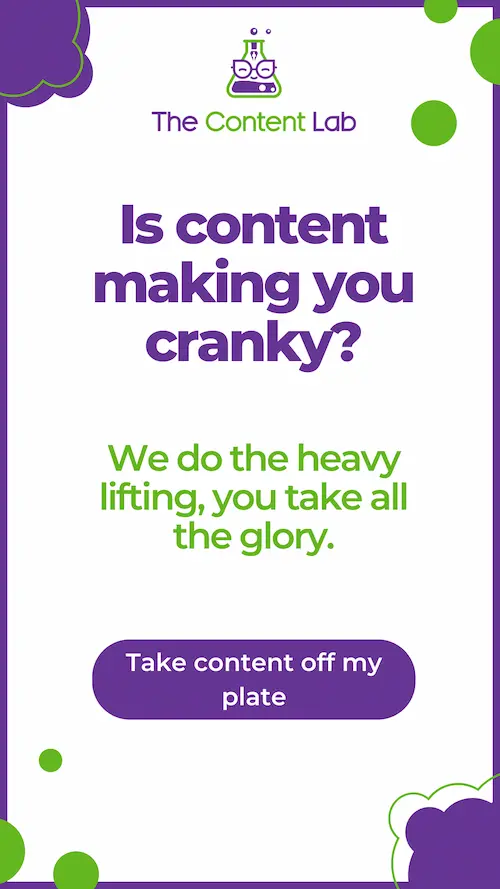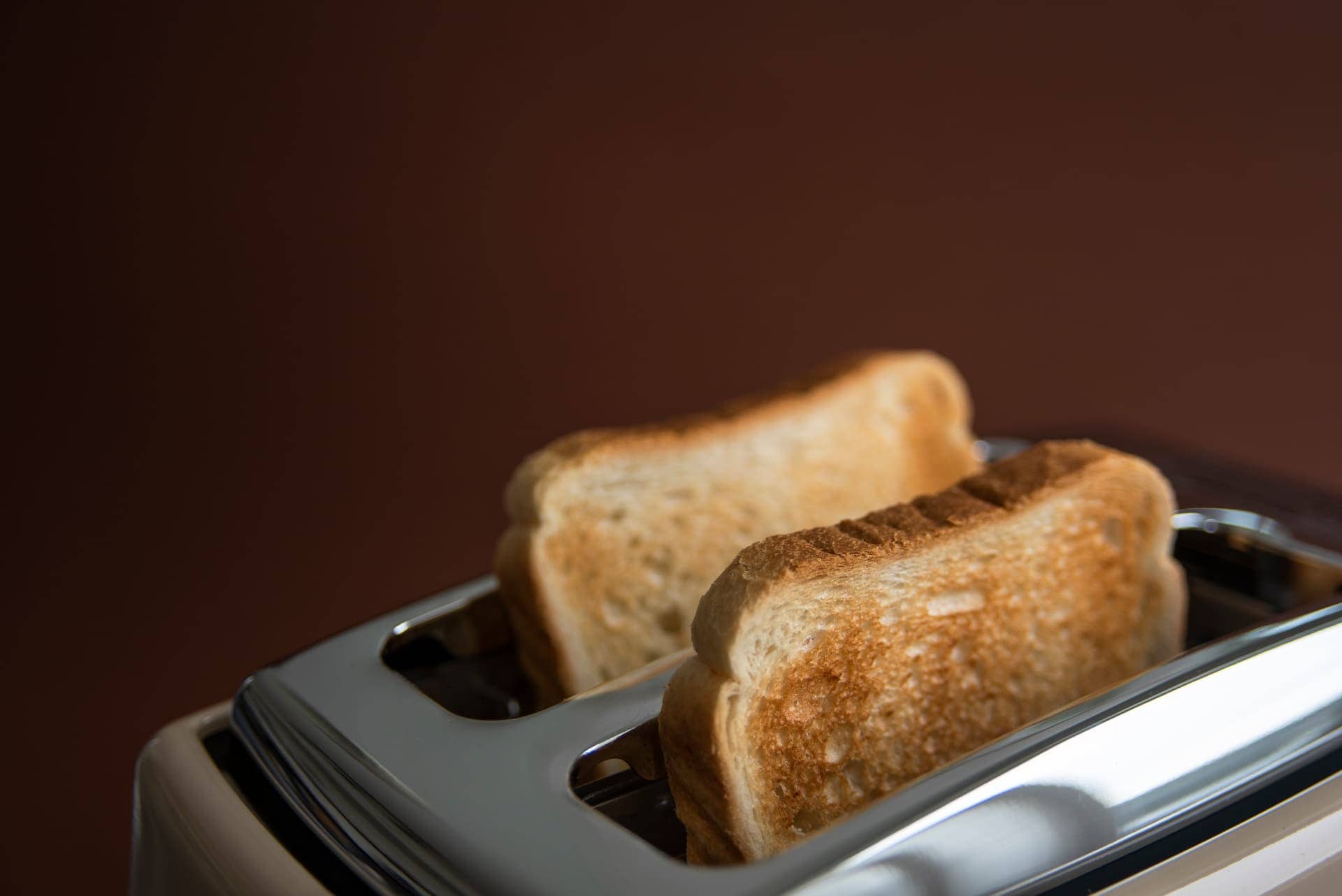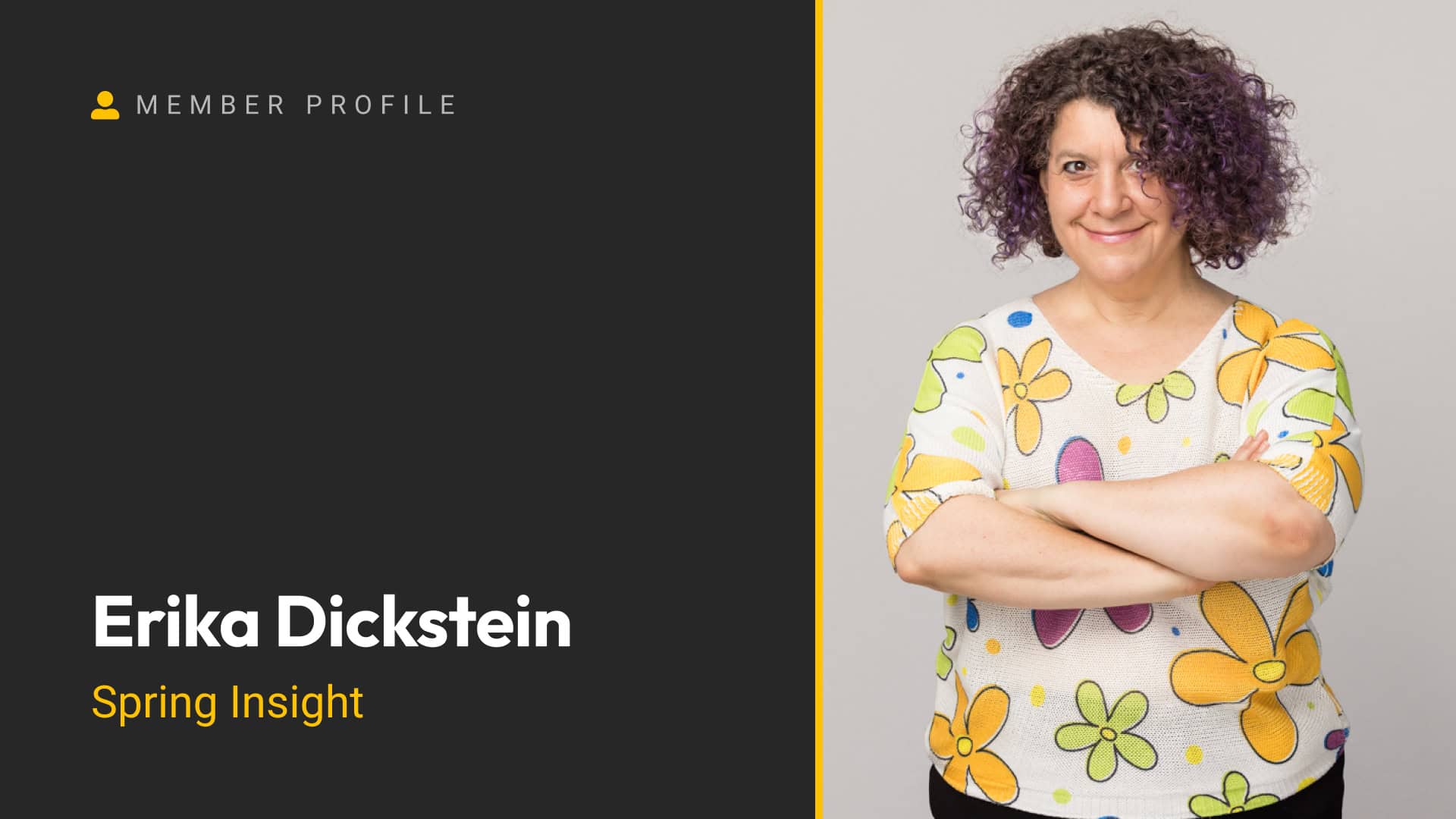Word-of-mouth is still alive and well – yes, even in the age of email blasts and unskippable ads.
How often do you find yourself asking friends or family members for recommendations for a great restaurant to try or a handyman to fix your broken sink? A lot, right?
We trust in a service or product a lot more when someone we know refers us, rather than taking a shot in the dark and hoping this time the Google reviews won’t let us down!
Referral programs work.
In fact, they’re one of the most cost-effective and trusted marketing channels you’ve got, converting 30% more leads than any other channel – and those referred by a friend are four times more likely to buy.
If you don’t have a customer referral program yet, it’s time to think about starting one, just sayin’. Already have a program, but not getting the results you want? Stick around – by the end of this blog, you’ll know how to create a referral program, how to track its performance, and how to optimize it to drive real growth.
What makes referral programs so great?
Referral programs are a direct, authentic way to expand your client base and drive more conversions, sales, and bookings. Here’s how:
- Builds trust: A referral program builds instant trust. Have you ever visited a new coffee shop just because your co-worker said it was that good? That’s the power of referrals – they convert fast, spend more, and usually have a longer lifetime value.
- Lowers customer acquisition costs: Compared to paid marketing channels, referral programs are much more cost-effective, so you won’t have to break the bank just to bring in new leads and customers.
- Attracts higher-quality leads: Our friends and family know us better than any brand (we hope!), so they’ll refer us to products and services they actually think we’ll love. More qualified leads = higher conversions.
- Increases customer loyalty: The numbers say it all – people who’ve been referred by an existing customer have a 37% higher retention rate and a 16% higher lifetime value compared with non-referred customers.

So, you’re probably wondering, how do you start your own referral program?
How to build a referral campaign – the right way
Like any part of your marketing strategy, creating a customer referral program takes a little time, effort, and intention up front (boo, effort). But done well, once you’ve put the work in, your referral program will start bringing in new leads and customers while you sleep Woohoo!
First thing’s first:
1. Define your goals and ideal outcome
Setting clear objectives will reinforce the why behind every decision you make as you launch the program, monitor its progress, and measure its success.
- Define your goals: Whether it’s more qualified leads, new customer sign-ups, higher client acquisition, or better brand awareness – make it clear what you want your referral campaign to achieve and keep it at the forefront of your plan.
- Set measurable KPIs: Based on your goals, pick out the metrics that will best reflect your program’s success – and get specific! Whether it’s getting 2% of your current customers to refer a friend or tripling your monthly conversions by the end of Q3, set your sights on specific, measurable metrics and keep an eye on your progress.
2. Identify your ideal referrers
Look at your existing customer base and define the type of customers you want to attract. Then, determine who might be the right people to refer them to your business. These might be:
- Existing happy clients and customers: Your rave-reviewers, your repeat-buyers, your praise-singing clients – these are the loyal folks most likely to refer others, because you’ve already earned their trust.
- Partners and vendors: Whether you’re a marketing agency teaming up with a PR firm, a builder pairing up with a real-estate agent, or a manufacturer with multiple distributors, these are your brand champions – and they’ll usually be happy to refer you.
- ‘Power users’ and influencers: These are your highest-profile users and clients. With their established audiences and high levels of engagement within your niche, they can drive lots of qualified traffic toward your products or services.
Once you’ve mapped out your ideal customer referral sources, separate them into segments, e.g., by location, customer behavior, or purchasing history. Then, prioritize them based on the goals you’ve set, and make an outreach plan to target each segment.
3. Choose the right incentives
While some happy customers might be willing to refer a friend for free, the reality is, most will probably be looking for something in return, and hey, we don’t blame them!
From cash rewards, discounts, and gift cards to upgrades or loyalty points – the key is to offer referral rewards that will encourage others to refer too.
Here are a few of the different incentive structures you could choose from:
- One-sided referral program: Only the referrer gets the reward.
- Double-sided referral program: Both the referee and the referrer earn a reward. (This is the most popular type of incentive, preferred by about 65% of referrers.)
Whether you go for the one or double-sided model, the most important thing is to pick incentives that will be sustainable for your business and make referrals worth the effort.
Don’t give away the whole shop in the hopes of getting a few more people through the door!
4. Build an easy referral system
No matter how good your incentives are, customers and partners won’t bother with referrals if the process is too complicated, confusing, or just too much hassle. The solution: make referrals as straightforward and easy as possible – for them, and for you.
Provide referral codes or links
Allow users to share unique referral links or codes easily – without a lengthy sign-up process asking everything from your mother’s maiden name to the town you grew up in.
A solid referral program example? Uber. Users can refer their friends and family with simple codes via WhatsApp and Messages, making the process easy for everyone, even your gran!
Launch landing pages
When a user clicks a referral link, it should lead to a well-designed landing page that reinforces the value of your offer and encourages sign-ups.
Don’t forget to track referral activities to see how well your program is performing – no point in setting all of this up if you can’t follow how well it’s doing!
Integrate with CRM and email platforms
Your referral program should be as easy for you to manage as it is for your referrers to use. That’s where solid CRM and email platform integration comes in.
You can track and segment your clients based on behaviors, satisfaction, and value, making it easier than ever to pinpoint your most loyal customers. Then, you can track referral activity and keep an eye on those KPIs with easy-access data and reports.
Plus, with some platforms, you can automate personalized outreach, follow-up, and rewards! More leads and customers + less hands-on effort on your end = recipe for sanity and success.
Above all: make the referral process accessible – as simple as possible, optimized for the web, mobile apps, and social media channels across all devices. With a smooth system and the right incentive, referral rates will grow much faster – and so will program success.
Promoting your referral marketing program
So, you’ve picked out incentives, planned your program, and chosen your platforms. Congrats! You’ve got a solid referral program on your hands. Now for the fun bit – promotion.
Here’s how:
- Email current clients: Reach out to your most satisfied customers with an email detailing how the referral program works, how it’ll benefit them, and how easy peasy it is to get started.
- Add banners/CTAs on your website: Place clear CTAs or banners on your landing page, website, and in your emails, so users just can’t ignore the great offer available when referring you.
- Share on socials and in newsletters: Spread the good news about your referral program on social media– targeting your most engaged customers – and direct the traffic to the referral landing page. Mention it in a newsletter, or even better, create an email campaign highlighting incentives, success stories, and how your readers can get in on the goods.
- Word-of-mouth marketing: If your team offers customer support services – either on call, in chat, or in person – encourage them to casually drop in some promo where they can. *Wink, wink, nudge, nudge*.
Without strong marketing efforts, even the best of customer referral programs will fail to make an impact. So, do what you can to get the word out!
Tracking and optimizing
You’ve launched the program, you’ve told everyone you know about it…now what? It’s time to track your progress, see how well it’s performing, and what needs to change.
Whether you use referral marketing software or a good old-fashioned spreadsheet, keep those KPIs in mind as the program rolls out and results start rolling in. How many referrals have been made, and how do conversion and customer retention rates compare? Are certain platforms driving more referral leads than others? Use that info to see what’s working well so far.
If things aren’t going as well as you’d planned, you might need to rethink your strategy. Take a look at your messaging, tweak your incentives, or alter your outreach plan if necessary. Be open to making small changes and monitor the results to find what works best for you and your business.
Don’t forget to say ‘thank you’
Incentives are great – and your referrers have definitely earned them! But to build a successful customer referral program that fosters long-term relationships, don’t forget to show a little extra appreciation.
Acknowledge them with a personalized follow-up thank you message, an extra gift, or an exclusive perk to show them how much you value them as customers. It’s all in the little details.
Ready to launch your referral program and grow your client base?
A well-crafted referral program turns happy customers into loyal brand advocates – bringing in higher-quality leads and more conversions without draining your bank balance. All it takes is some strategic prep-work, the right incentives, a simple system, and measurable metrics to track your success.
Start small, adjust as you go, and scale when you’re ready.
Ready to launch your client referral program? Start with your 5 happiest clients today!






